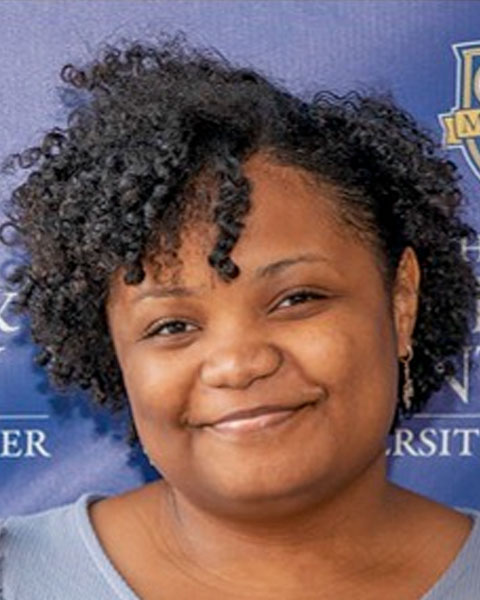Poster Session
Rheumatoid Arthritis (RA)
Poster Session A
Session: (0067–0097) Rheumatoid Arthritis – Etiology and Pathogenesis Poster
0086: Androgen Upregulates Interferon Signaling in Osteoclast Differentiation During Inflammatory State
Sunday, October 26, 2025
10:30 AM - 12:30 PM Central Time
Location: Hall F1

Kiana Chen, PhD
University of Rochester School of Medicine and Dentistry
Bronx, New York, United StatesDisclosure(s): No financial relationships with ineligible companies to disclose
Abstract Poster Presenter(s)
Background/Purpose: Rheumatoid arthritis (RA) is characterized by chronic inflammatory erosions and female predominant disease. Androgen, the dominant sex hormone in males, is protective against bone loss. We have previously shown that androgen limits erosions in a TNF-mediated model of RA and potentially targets osteoclast precursor (OCP). Here, we investigated androgen’s effect on osteoclast differentiation and hypothesized that androgen negatively regulates osteoclastogenesis in precursor cells.
Methods: Bone marrow derived cells were harvested from a 3-month-old male C57BL/6J mouse and plated in media containing either 10-9M of 5ɑ-dihydrotestosterone (DHT) or vehicle control and M-CSF. After 48 hours, RANK-L, and human TNFɑ (hTNFɑ) were added to media and cells were incubated for 24 hours. Adherent cells were captured with the 10X Genomics Chromium system to undergo single-cell RNA-sequencing (scRNA-seq). Cell typing was determined by the mouse cell atlas and “FindAllMarkers” command in Seurat. Gene ontology (GO) analysis was performed by determining the differentially expressed genes (DEGs) between vehicle and DHT-treated samples in each cluster and submitting them to the DAVID Bioinformatics database. Pseudotime trajectory analysis was performed with the Monocle3 R package. Transcription factor (TF) analysis was performed by generating gene modules between clusters using Monocle3 and the pseudotime dataset. DEGs from this analysis were inputted into the iRegulon package in Cytoscape to determine TFs. DEGs between samples were illustrated in a volcano plot. Using the same cell culture protocol, RT-qPCR was performed on DHT and vehicle-treated samples to compare gene expression.
Results: In the scRNA-seq dataset, 8 clusters were defined as myeloid-lineage cells (Fig. 1A-B). The GO terms that were downregulated with DHT treatment and conserved throughout the clusters included terms associated with translation (Fig. 2A). In comparison, terms upregulated with DHT treatment included innate immune response and response to interferon (Fig. 2B). Pseudotime trajectory analysis of the vehicle and DHT-treated samples showed a difference in differentiation trajectory, where differentiation is decreased in proliferating OCPs with DHT treatment (Fig. 3A-B). TF analysis between our clusters of interest exhibit greater expression of the TF Irf7 and other interferon-related genes with DHT (Fig 3C-D). The top DEG in the DHT-treated sample for most clusters was Isg15 (Fig. 3E-F). Relative Isg15 expression was also significantly increased in DHT-treated OCPs (Fig. 3G).
Conclusion: Androgen treatment in an inflammatory in vitro system of osteoclastogenesis caused a change in the expression of interferon genes and the trajectory of osteoclast differentiation. DHT treatment upregulated interferon signaling, particularly Isg15 expression, which has been found to negatively regulate osteoclastogenesis (1). This increase in expression may potentially limit differentiation and therefore erosive disease. Further studies will involve examining how androgen targets interferon-related genes and their role in osteoclastogenesis.
1) MacLauchlan et al. Proc Natl Acad Sci U S A 120(15) 2023.

